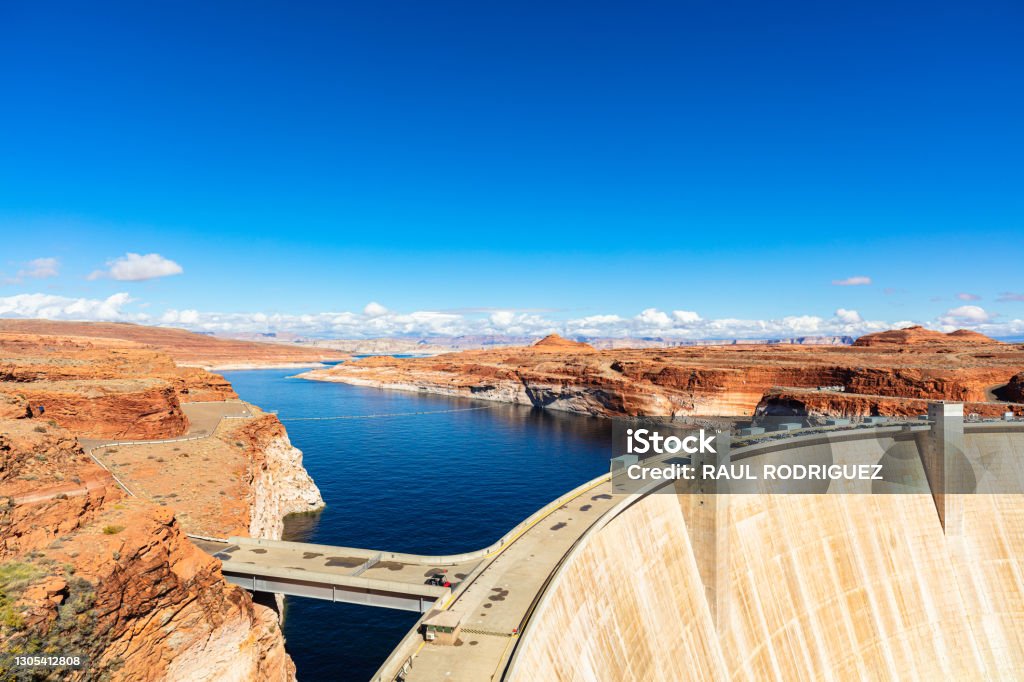
Dam Failure
Dam Failure
Dams are usually man-made and, therefore, not inherently considered natural hazards – however, dam failures can occur because of natural hazard loading events. The impacts of a dam failure can also be like natural flood events, although they are often more sudden and violent than normal stream floods. Causes include breach from flooding, overtopping, ground shaking from earthquakes, settlement from liquefaction, slope failure, and slumping, internal erosion from piping, failure of foundations and abutments, outlet leaks or failures, and internal weakening caused by vegetation and rodents. Possible effects include flooding, silting, loss of water resources, loss of property, and loss of life.

The severity of a dam or levee failure depends on the area protected by the dam or levee, the volume and velocity of water that breaches the structure, and the structures and population in the protected area. A dam or levee breach will result in flooding of usually protected areas, resulting in impacts like those seen in areas that are within the floodplain and not usually protected by a levee.
There are two types of dam failures – “rainy day” and “sunny day” failures. Rainy day failures occur because floodwaters overstress the dam, spillway, or outlet capacities. The floodwaters eventually flow over the top of the dam and erode the structure from the top down. The breach flows of the dam are added to the floodwaters from the rainstorm to produce a large proportion of flooding and destructive power. Sunny day failure occurs from seepage and erosion inside the dam that removes fine material, creating a large void that can cause the dam to collapse or overtop and wash away. Sunny day failures can be the most dangerous because they can happen quickly without warning to owners or downstream residents